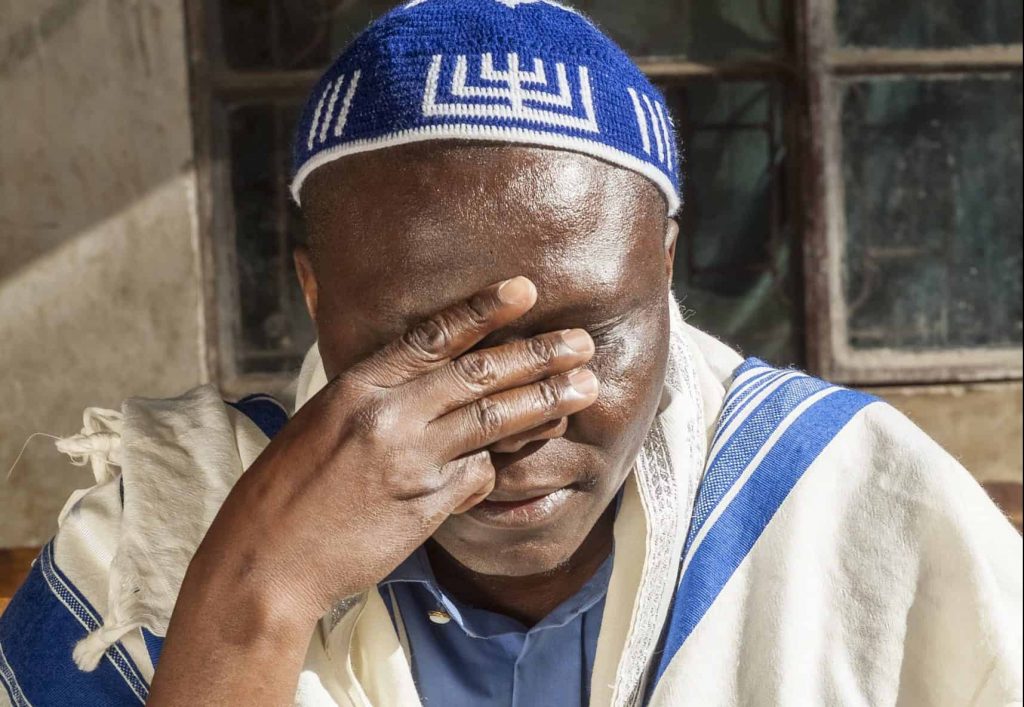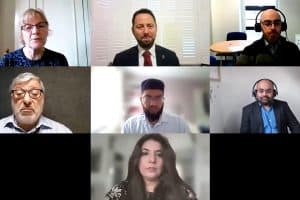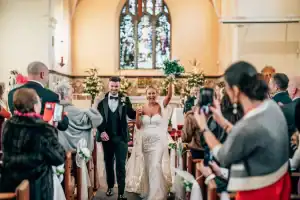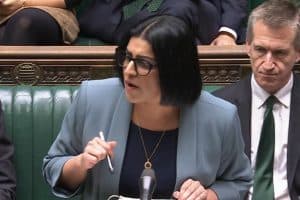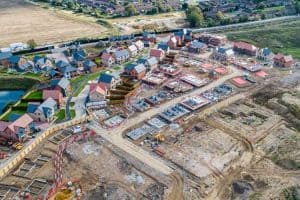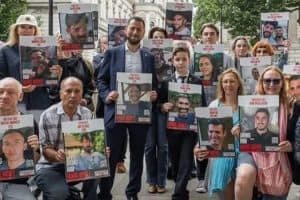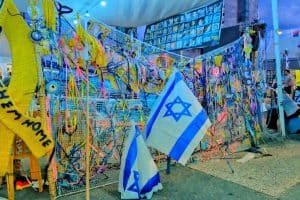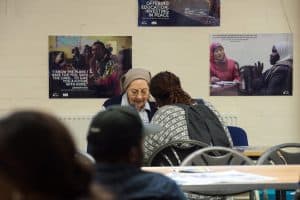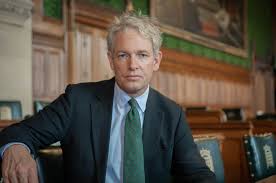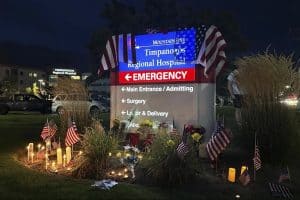School visitors to London’s Jewish Museum are often surprised by photographs in its auditorium.
The walls are adorned with images of Uganda’s Abayudaya community, among them a striking picture of an African man adorned in prayer shawl, kippah (brimless cap) and tefillin (small black leather boxes containing scrolls inscribed with verses from the Torah).
The children often say “I didn’t know there were black Jews”, according to Shereen Hunte, the museum’s learning programme manager. “Many people, when they think about Judaism and Jewishness and what that looks like, they don’t think about black Jews,” she said. “It’s very important to share these stories and we try our best to do so.”
The pictures, by photographer Rena Pearl and museum volunteer Daniel Goldwater, tell the fascinating story of the eastern Ugandan settlement initially founded by a military chief, Semei Kakungulu. In 1913, he abandoned his military mission to pursue a religious life and formed a Hebrew Bible-based congregation. Over time, the Abayudaya community started to learn customary Jewish practices and in 2002 the majority of the community were formally converted.
Small Jewish communities exist elsewhere in Africa, including Ghana and Nigeria, while Israel is home to a sizable population of Ethiopian Jews following waves of migration in the 1980s and 1990s.
When Hunte started at the museum, she took on responsibility for black history month. A specially designed tour proved so engaging that it now runs throughout the year. The content comprises three main strands: blackness in the Torah and Talmud, Jewish involvement in the transatlantic slave trade and the concept of allyship.
The focus of the first is Tzipporah, wife of Moses, believed to be a Cushite woman. Also discussed is Ham, son of Noah, who went on to become a representation of blackness and servitude. A 17th-century Dutch painting is one of the artefacts illustrating the Jewish contribution to the slave trade.
Finally, the concept of allyship is illustrated with an annotated Bible that John Schlapobersky, a Jewish anti-apartheid activist, kept as a diary while in solitary confinement in a South African prison.
Hunte admits there is a “lack of dialogue” between Britain’s black and Jewish communities today and that examples of such allyship can be hard to come by. This came into sharp focus last year when Wiley, a rapper, shared antisemitic conspiracy theories on social media. “Wiley’s tweets represented so much miseducation and triggered the need for honest and open conversation,” Hunte said.
That conversation cuts both ways. Last year the Board of Deputies of British Jews set up a Commission on Racial Inclusivity in the Jewish Community, chaired by Stephen Bush, political editor of the New Statesman.
The commission’s report, published in April, made 119 recommendations that did not make for comfortable reading. Marie van der Zyl, president of the board of deputies, writes in the foreword: “Black members of our own Jewish community came forward and told us that, while there were many wonderful things about being black and Jewish, they experienced far too many instances of marginalisation and discrimination.
“Then, other visible minorities in our community stepped forward and said that they, too, had many similar experiences. We realised that alongside calling for change in wider society, we needed to first act to understand what was happening in our own community and seek to improve things here as well.”
The 2011 census recorded 263,346 Jews resident in the UK. Black British Jews make up just under 0.5 per cent, with many more identifying as being of mixed ethnic background.
One of the issues raised was that of “ashkenormativity” — the presumption that Jews are Ashkenazi. Not only is this a question of media depictions and the breadth of Jewish education, but also how Jews of colour are represented — or not — within the community.
Michael Lomotey grew up in Hull to an English mother and Ghanaian father. He recalls Rosh Hashanah celebrations, eating ahule tolo stew (a Ghanaian dish) with latkes (Jewish potato pancakes) and not being allowed to watch television on Friday nights and Saturdays. But it was not until his father sent him to London, aged 18, with a Torah that he came to realise “what our peculiar lifestyle was about”.
Lomotey spent a few years “learning and exploring” and was eventually “drawn towards progressive forms of Judaism which I find refreshing modern and understanding, also inclusive and relatively diverse”.
His sisters Rachel and Elizabeth are also involved in London’s Jewish community and in 2018 they launched an appeal to collect items of Judaica, including religious texts and ritual objects, to donate to communities in Ghana and Nigeria. Their appeal resulted in a flood of donations — as well a wave of curiosity.
“Straight away people ask … are you from Ethiopia? Are you actually Jewish? They’re usually quite shocked when we give them a bit of background. It’s good to get some exposure and let people know we exist.”
– Rachel Lomotey
Shockingly, many of the anonymous testimonies featured in the Board of Deputies’ report focused on racial profiling by security guards at communal events.
One said: “When I used to go to a Jewish education provider, I used to sort of prepare like a script … I almost toyed with the idea of writing it down and just handing it over and saying, ‘These are the questions you’re gonna ask me. These are my answers. Let’s, let’s just make it as efficient a process as possible’.”
Others said that the process had turned them away from synagogue and other aspects of communal life. One witness said: “I often got to a point where I felt so intimidated about what kind of interaction I was going to have with a security guard that … it used up quite a lot of energy. It was quite stressful trying to just overcome that part of it.”
Bush said he hoped the report’s recommendations would “draw in many people of all backgrounds who have felt marginalised, left out or turned off from Jewish life”. He added: “As a community that often frets about its numbers and its future, giving as many people as possible a sense of belonging and a full ability to participate will nourish, strengthen and enrich the Jewish community further, for the benefit of all its members.”
Dr Edie Friedman, founder of the Jewish Council for Racial Equality, believes education is key. She told the Religion Media Centre: “Some schools are more advanced than others. But from our perspective we would just like to see those issues part and parcel of the education which all Jewish children who go to Jewish schools receive.”
The museum’s diversity in the community programme is designed to engage students with the variety of Jewish experiences, while its migration and movement programme explores the similarities and differences between the arrivals of Jews and the Windrush generation in Britain.
Hunte said: “Our histories are very different and our arrivals to this country are very different. The spaces we share have been very different but when we stop and reflect on those, we realise that there are many similarities.”

